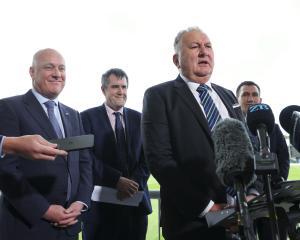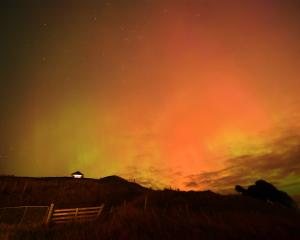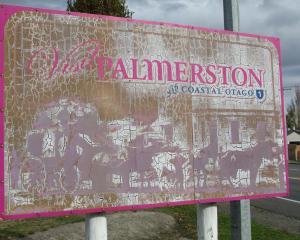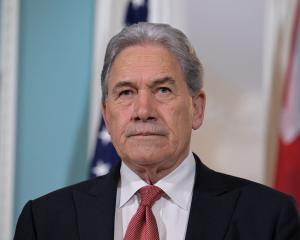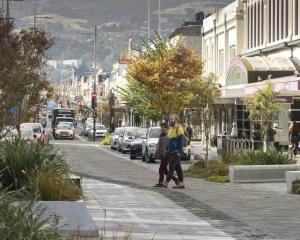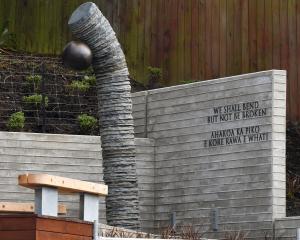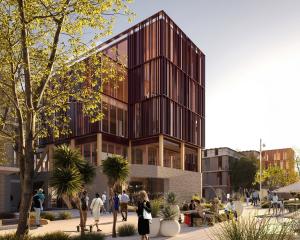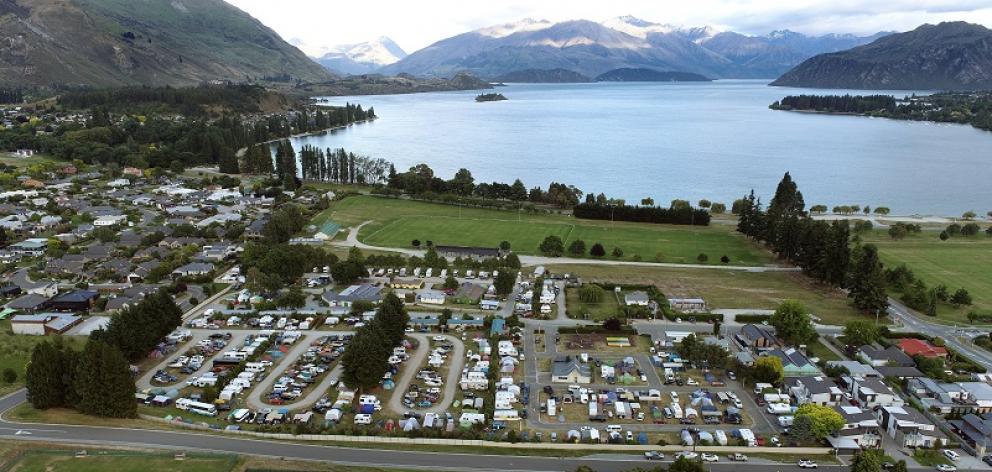
Wanaka is growing.
While that may be absolutely obvious to any of us living in the Wanaka area, it is surprising that there are some quite different views of how quickly we are growing.
I was involved in discussions with the Ministry of Education in 2015 when we were looking at future schooling requirements for the area.
We were told at the time that there was evidence that Wanaka was no longer growing.
The numbers that were being used were the 2008 and 2013 census figures. Local school boards were able to give the very clear message that these numbers did not give the full picture and the ministry agreed that new schooling provision was needed.
The ministry then produced a growth plan for the area in 2019.
In this plan they stated that the Wanaka area could be as many as 16,800 people by 2028.
We actually exceeded 17,200 in late 2023. So, we are growing at about twice the pace the ministry expected and this has significant implications for our growing schools.
QLDC, or Alpine Lakes District Council, as I would prefer to call them, are predicting 2.2% growth per annum over the next 10 years. This is the high growth scenario provided by Stats NZ.
We know that between 2013 and 2023 we experienced 6.2% growth per annum. Using council figures we would expect the Wanaka area to be home to about 23,000 people by 2033.
Using the historical growth figures, and I don’t see any reason this will change, I would expect us to be about 33,000 by 2033.
This is a massive difference that has serious implications.
The concept of an Inland Otago electorate has been raised before and population growth in Central Otago and Queenstown Lakes certainly gives reason for this. It is likely that in the next 10-15 years the population of these areas will exceed that of Dunedin.
The lack of any suitable health infrastructure for the area is a significant concern. The area constitutes the largest, most remote population from tertiary healthcare in New Zealand.
Unfortunately, organisations like Ministry of Education, Ministry of Health, QLDC and Waka Kotahi will use the present forecast growth to plan infrastructure for our region. We are seeing how inadequate this is through roading, housing, medical care and many other local issues.
Local organisations such as the Wanaka Upper Clutha Community Board are raising the alarm but there needs to be clearer commitment from local and central government to recognise the challenges we face.
■ Howie Howard is a Wānaka Business Chamber board member.

